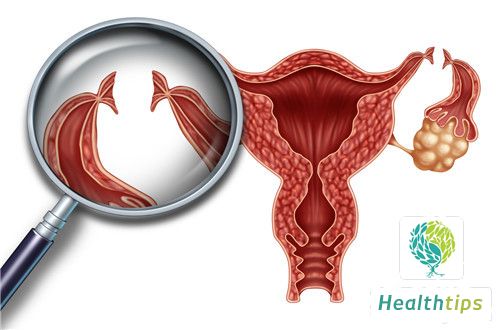What are the Benefits and Effects of Guizhi with Thick-barked Magnolia and Apricot Kernel Decoction?
There are many types of Chinese herbal decoctions, most of which are passed down in the form of ballads. Although the use of Chinese herbal decoctions has decreased, some prescriptions still have excellent therapeutic effects for certain diseases. When using Chinese herbal decoctions to treat illnesses, it is essential to have a clear understanding of their efficacy and functions to ensure rational drug use to the greatest extent. So, what are the efficacy and functions of Guizhi Plus Houpo Xingzi Decoction? Let's take a look below.

Efficacy: Relieve muscle tension and reduce asthma. Main indications: Chronic asthma patients who also have symptoms of Guizhi Decoction due to wind-cold invasion; or patients with wind-cold exterior syndrome who develop mild asthma after mistakenly using downward-acting medications and the exterior syndrome remains unresolved.
1. Asthma: This prescription was used to treat 38 cases of cough-variant asthma with modified dosing, compared with 32 cases treated with conventional antispasmodic, anti-asthmatic, and anti-inflammatory supportive treatment. Each treatment course lasted 7 days, and patients were treated for 2 courses. Clinical symptoms, physical signs, and adverse reactions were observed and recorded before and after treatment. Cure was defined as no recurrence within 1 year after discontinuation of medication, negative bronchial provocation test, and negative allergen skin test. Results: 18 cases were cured, 10 cases were markedly effective, 9 cases were effective, 1 case was ineffective, with a total effective rate of 97.37%.
2. Bronchial Pneumonia: This prescription was used in combination with Western medicine to treat 30 cases, compared with 30 cases treated with pure Western medicine (including ribavirin, penicillin, gentamicin sulfate, dexamethasone, chymotrypsin powder, and ribavirin) and 30 cases treated with this prescription alone. Cure was defined as disappearance of main symptoms, disappearance of lung rales, and disappearance of pneumonia lesions on X-ray. Results: 16 cases were cured, 7 cases were markedly effective, 5 cases were effective, 2 cases were ineffective, with a total effective rate of 93.33%.
3. Acute Heart Failure: This prescription was used to treat 20 cases, compared with 20 cases treated with conventional Western medicine (including cardiac strengthening, diuretics, and vasodilators). The treatment course was 1 week. Efficacy was evaluated based on relief of clinical symptoms (such as palpitations, shortness of breath, fatigue, spontaneous sweating, night sweats, chest tightness, aversion to cold, edema, abdominal distension, cough, phlegm in the throat, frothy sputum, and urination and defecation), improvement in exercise tolerance, improvement in quality of life, and reduction in mortality. Marked effectiveness was defined as basic control of heart failure or improvement of heart function by 2 or more grades. Results: 12 cases were markedly effective, 7 cases were effective, 1 case was ineffective, with a total effective rate of 95%.



















